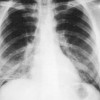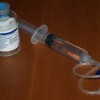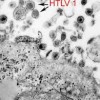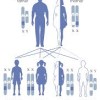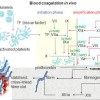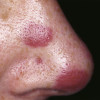Epidemic of Serratia marcescens bacteremia in a cardiac intensive care unit
Abstract
From 16 July through 27 September 1988, seven cases of nosocomial Serratia marcescens bacteremia occurred in a cardiac care unit. In all seven case patients, S. marcescens was isolated from blood cultures. Two of the seven had other microorganisms identified in the blood culture in which S.… Read more



